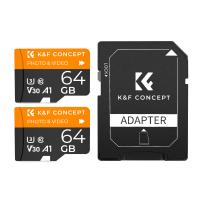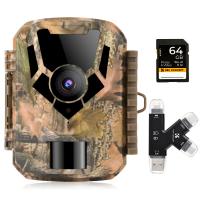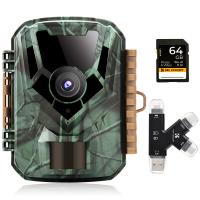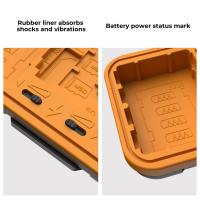How To Install Sd Card In Switch?
The Nintendo Switch is a versatile gaming console that offers both handheld and docked play modes. One of the key features that enhance its usability is the ability to expand its storage using a microSD card. This is particularly useful for gamers who download a lot of digital games, updates, and downloadable content (DLC). In this article, we will walk you through the process of installing an SD card in your Nintendo Switch, ensuring you can maximize your storage capacity and enjoy a seamless gaming experience.
Why You Need an SD Card for Your Nintendo Switch

Before diving into the installation process, it's important to understand why you might need an SD card for your Nintendo Switch. The console comes with a limited amount of internal storage—32GB for the original model and 64GB for the OLED model. While this may seem sufficient initially, it can quickly fill up with game downloads, updates, and screenshots. An SD card allows you to expand this storage, providing more room for your digital library and ensuring you don't have to constantly manage your storage space.
Choosing the Right SD Card
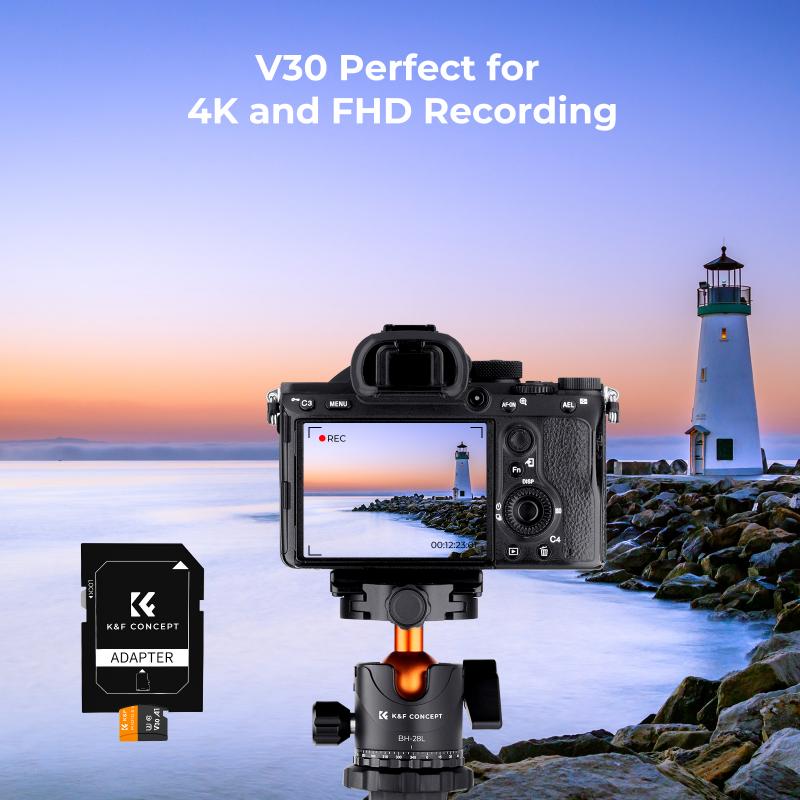
Not all SD cards are created equal, and choosing the right one for your Nintendo Switch is crucial for optimal performance. Here are some factors to consider:
1. Capacity: The Nintendo Switch supports microSD cards up to 2TB. However, cards with such high capacity are not yet widely available or affordable. Commonly used capacities range from 64GB to 512GB, depending on your needs and budget.
2. Speed: Look for a microSD card with a high read and write speed. The Nintendo Switch recommends using a card with a UHS-I (Ultra High Speed) rating. Cards with a higher speed class (U3 or V30) are preferable as they ensure faster load times and smoother gameplay.
3. Brand: Stick to reputable brands like SanDisk, Samsung, and Kingston. These brands are known for their reliability and performance, reducing the risk of data corruption or card failure.
Preparing for Installation

Before you install your new SD card, there are a few preparatory steps you should take:
1. Backup Data: If you already have an SD card in your Switch and are upgrading to a larger one, make sure to back up your data. You can do this by copying the contents of your current SD card to your computer.
2. Turn Off the Console: Always turn off your Nintendo Switch before inserting or removing an SD card. This prevents data corruption and ensures the console recognizes the new card properly.
Step-by-Step Installation Guide

Now that you're prepared, let's go through the steps to install your SD card in the Nintendo Switch.
Step 1: Power Off the Console
Hold down the power button on the top of the console until the power options menu appears. Select "Power Options" and then "Turn Off" to completely shut down the console.
Step 2: Locate the SD Card Slot
The SD card slot is located on the back of the Nintendo Switch, underneath the kickstand. Gently lift the kickstand to reveal the slot.
Step 3: Insert the SD Card
Take your microSD card and insert it into the slot with the label facing away from the console. Push it in until you hear a click, indicating that the card is securely in place.
Step 4: Power On the Console
Turn your Nintendo Switch back on by holding down the power button. The console should automatically recognize the new SD card. If prompted, follow the on-screen instructions to format the card. Formatting will erase all data on the card, so ensure you have backed up any important files.
Step 5: Transfer Data (If Necessary)
If you backed up data from a previous SD card, now is the time to transfer it to the new card. Connect the new SD card to your computer using an SD card reader, and copy the backed-up files to the new card. Once the transfer is complete, reinsert the SD card into your Nintendo Switch.
Managing Your SD Card
After successfully installing your SD card, it's important to manage it properly to ensure optimal performance and longevity. Here are some tips:
1. Regular Backups: Periodically back up your SD card data to a computer or external storage device. This protects your data in case of card failure or corruption.
2. Avoid Removing the Card Frequently: Constantly removing and reinserting the SD card can wear out the contacts and increase the risk of data corruption. Only remove the card when absolutely necessary.
3. Monitor Storage Usage: Keep an eye on your storage usage by navigating to System Settings > Data Management on your Nintendo Switch. This helps you manage your space effectively and avoid running out of storage.
4. Update Your Console: Ensure your Nintendo Switch is always running the latest firmware. Updates often include improvements and bug fixes that can enhance the performance and compatibility of your SD card.
Troubleshooting Common Issues
While installing and using an SD card in your Nintendo Switch is generally straightforward, you may encounter some issues. Here are common problems and their solutions:
1. SD Card Not Recognized: If your console doesn't recognize the SD card, ensure it is properly inserted and formatted. Try reinserting the card or using a different card to rule out compatibility issues.
2. Data Corruption: If you experience data corruption, back up your data immediately and format the SD card. Regular backups can help mitigate the impact of data corruption.
3. Slow Performance: If your games are loading slowly, consider upgrading to a faster SD card with a higher speed class. Also, ensure your console firmware is up to date.
Installing an SD card in your Nintendo Switch is a simple yet effective way to expand your storage capacity and enhance your gaming experience. By choosing the right card, following the proper installation steps, and managing your storage effectively, you can ensure your console runs smoothly and efficiently. Whether you're a casual gamer or a hardcore enthusiast, an SD card is an essential accessory for getting the most out of your Nintendo Switch.



